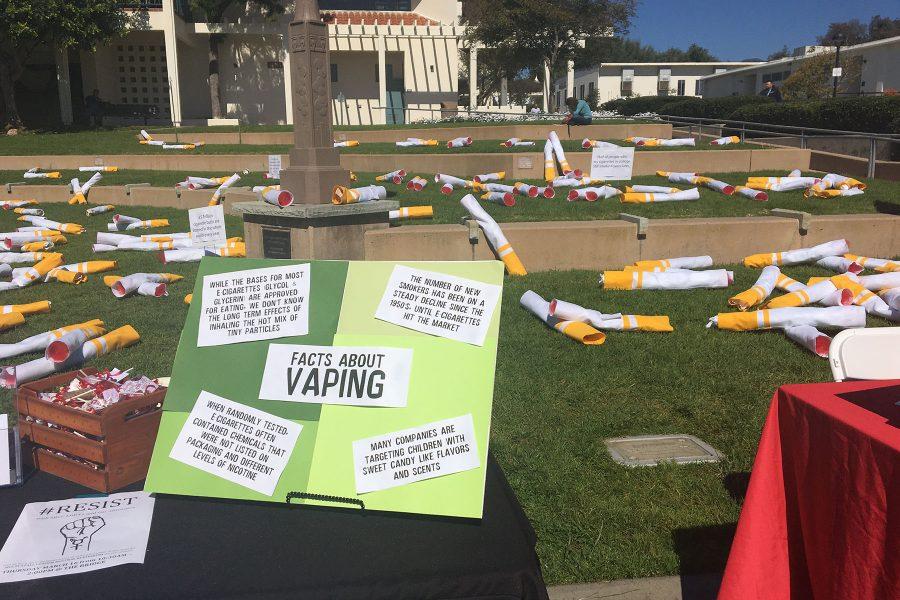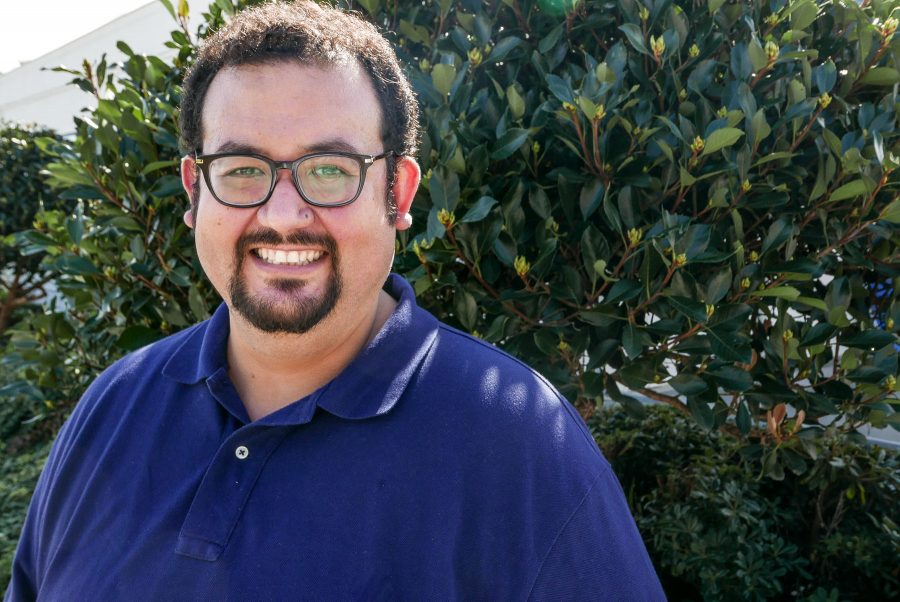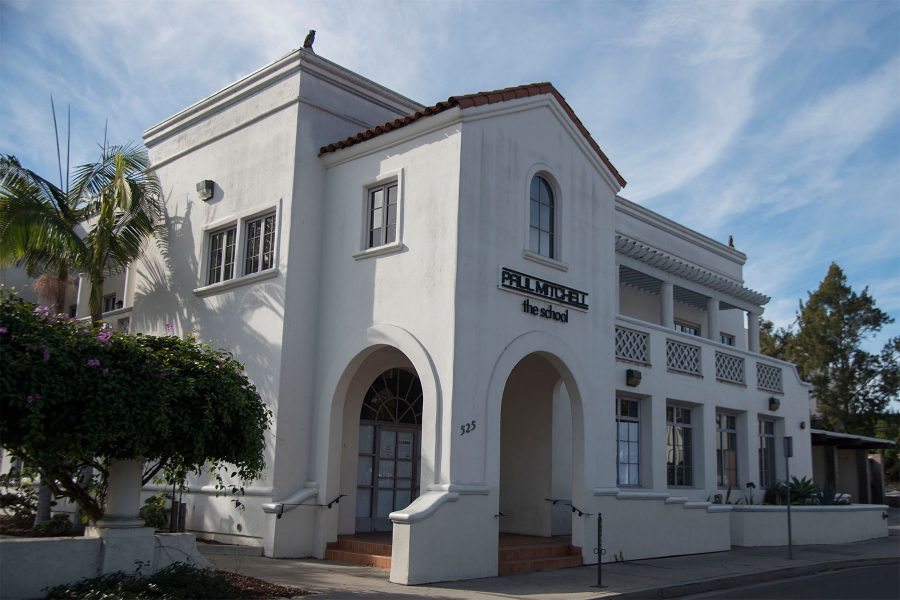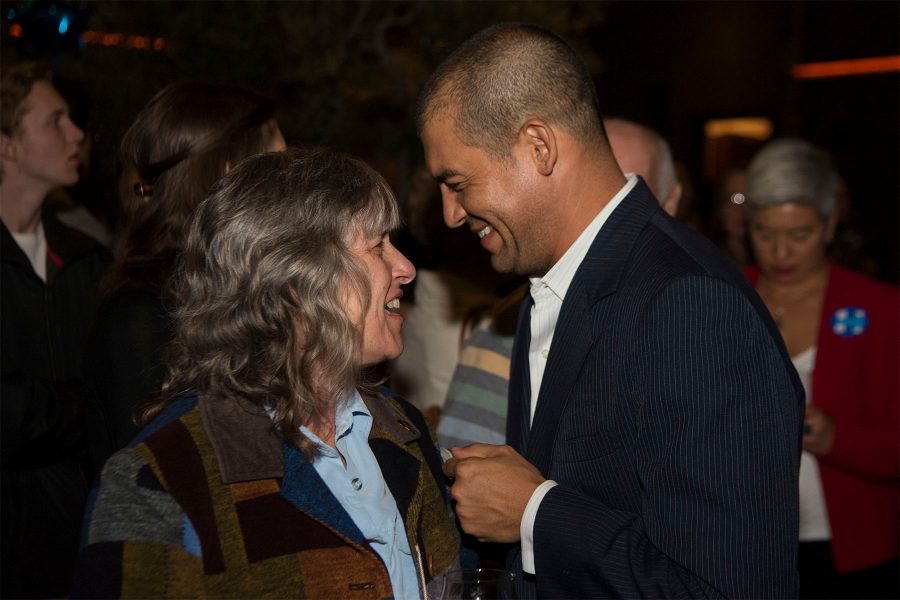One student living in Isla Vista rushed downtown to rescue his friend’s dogs.
Another spent the night at the UCSB Library, trying to do math homework without his book.
Another student left class Wednesday afternoon to learn the Mission Canyon home she’s lived in all her life might be on fire.
While the flames off Jesusita Trail rage miles away from this oceanfront campus on Thursday, the impact of the fire is widespread here. Students, staff and faculty members described fast evacuations, nervous nights spent in hotels, and homes opened to friends, families and pets.
Mass evacuations began in the hills and upper Eastside around 4 p.m. Wednesday, and City College officials canceled all classes after 5 p.m. because of power failures and turbulent winds. The cafeteria suffered though power outages as it continued serving food until 8 p.m., although a lot of food went to waste because business was so slow, said Donna Faulkner, cafeteria supervisor.
Today, teachers campus-wide reported very light enrollment, and more than a few were joined by their students coughing their way through classroom discussions.
All outdoor PE classes were canceled, and the La Playa Stadium stairs and Pershing Park tennis courts were mostly empty, except for a few souls braving an air quality judged among the worst in the country by AirNow.com, a U.S. government Web site.
Several instructors wondered why City College would try to continue on as normal in such abnormal circumstances.
“We are in a state of emergency,” said ceramics Professor Chris Bates, an Ojai resident concerned about the air quality. “This is a toxic day in our community. I’m surprised this educational institution would go against the grain when so many schools are closed.”
In the Humanities Building alone, three art department employees, two film production staffers, and one language professor had been evacuated from their homes and did not come to work today.
Sculpture Professor Edward Inks rushed from a department meeting Wednesday afternoon to evacuate his home. He returned briefly to campus this morning, then left again, said Art Department Chair Nina Warner.
Most other classes continued as scheduled, despite the heavy absences and air quality warnings.
“We had a spectacular view from the gallery,” Warner said, describing the bellowing smoke and change in lighting as “strangely beautiful.”
“It’s the whole idea of the sublime,” she continued. “Terror in its own way can be beautiful.”
While artist Warner described the fire in aesthetic terms, earth science Professor Robert Gray used science to describe how the “sundowner” effect plays a significant role in the escalation of the fire.
The sundowner effect is created when winds move from the north across the Santa Ynez Mountains. Once the winds reach the lower mountain range, the air compresses and heats up.
“A large ripple effect occurred at 2 p.m. yesterday, with winds plunging down deep enough reaching the fire, and with tornado like funnels causing the flames to rise,” Gray said.
This is the reoccurring sundowner effect that is anticipated to take place again this afternoon, Gray said. These winds also cause problems from the fire, such as air pollution created from falling ash.
The sundowners sweeping the fire down the mountainsides also forced many City College staffers from their homes.
Maryann Conner, a Health Center nurse, left her home near Mission Canyon for the second time this school year. The first time was in November, for the Tea Fire.
Conner said it was “difficult to breathe because the fire was moving so rapidly” as she packed up her valuables. She said she asked the police officer how long before she had to leave, and he responded, “30 minutes ago.”
Like many other evacuees, Conner is sleeping at a hotel, one of many offering reduced rates for fire victims.
Students who moved here from other parts of the country are also getting a first-hand look at California’s famous wildfires. For some, it’s also been a lesson in adaptation.
“I left my math book at home and had to do what I could at the UCSB Library,” said Casey Conroy, a biology major and one of many students living downtown ordered out of their homes Wednesday night.
Conroy added that he barely slept last night because he had to sit up.
Student Kyle Shaw shared his Isla Vista apartment with a friend’s dogs. Except for the fact that his apartment doesn’t accept pets and that one dog is blind and the other deaf – and they hate each other – he was happy to help.
“I’ve never seen smoke like that before in my life,” said Shaw, a marketing major who moved here from Utah.
Santa Barbara native Amanda Romero left campus at 2:30 p.m. Wednesday to discover she couldn’t return to her Mission Canyon home. But Romero said she is comforted that her stepfather, a firefighter, stayed in their house overnight, keeping an eye out.
“The fires were literally in my backyard,” she said.
Like Romero, several Santa Barbara natives find the sight of the foothills on fire is all too familiar, with the devastation left behind by the Tea Fire still fresh in their minds.
“California, let alone the whole Midwest, is in a drought, a bad one, and if this is how May will start out, this summer will probably bring a lot more,” student Curtis Crispin said.
“Can you imagine what August will be like?”
If the winds continue to be calm, fire crews will have a chance to move in and extinguish the smoldering embers. But if the wind picks up like it has in the past, the fire could burst out of control, like on Wednesday.
“It’s the usual,” said acting major Simon Arias Jr. “I was born and raised here, so it’s happened before, and I’ve known a lot of people who’ve been affected by the Painted Cave, the Tea Fire, and now this fire.
“We call it the devil winds.”









